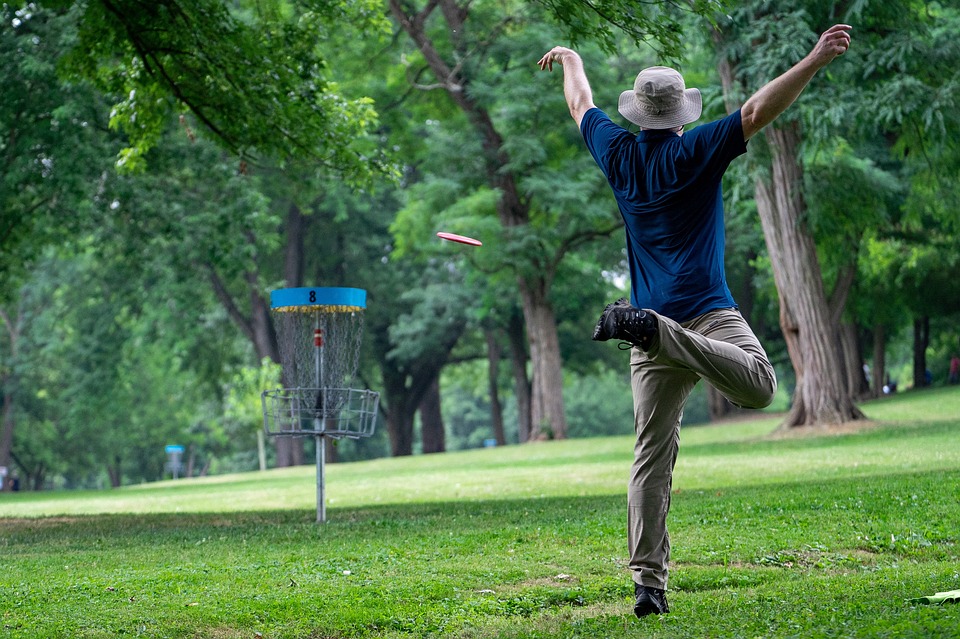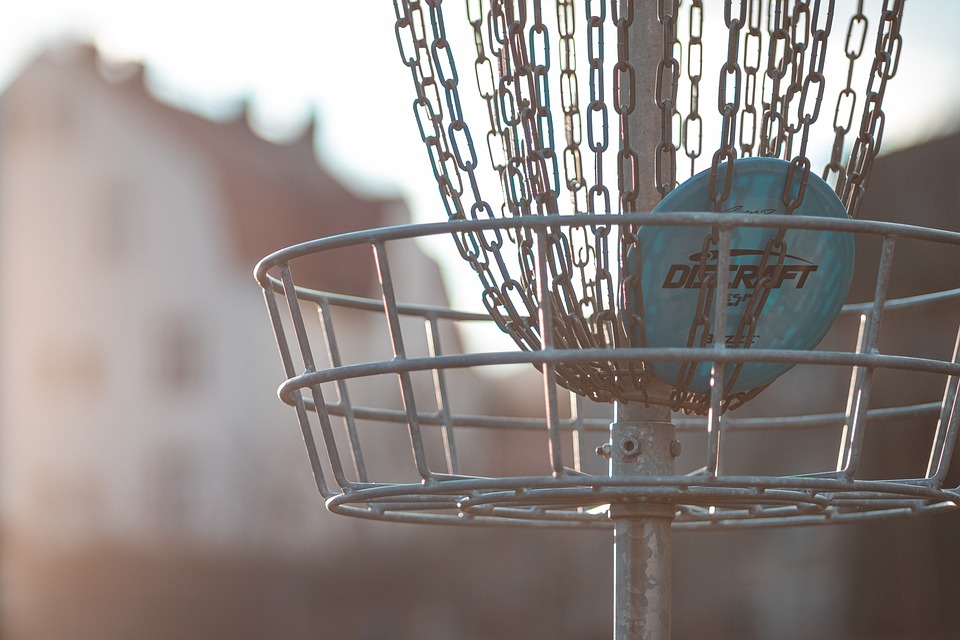Everything you need to start playing disc golf
, 2019-02-21 02:00:00,
Disc golf is a sport that can be played casually or competitively, but it’s a blast either way. With a good set of discs and a gear bag, you can play for free (or for a low price) at disc golf courses around the world.
You might be tempted to hit the course with a traditional flying disc, but this may leave you frustrated and falling behind the scores of your friends. Disc golf discs are specifically designed for the sport, and it will show. In addition, learning to play with disc golf discs will help you to avoid bad habits.
Here are some tips for getting started with your own gear.
1. Choosing your discs
When you’re picking out your first discs, you have two options: purchase discs individually, or buy a disc set. You will likely need at least three discs—a driver, a mid-range disc, and a putter.
Most beginner sets will include the three basic disc types. The Kestrel Pro Golf Set is a solid 3-disc starter set that includes a carrying bag. For a set from a classic brand, the Innova Champion Disc Golf Set is great for learning the sport, and you will likely use these discs for years.
2. Flight ratings
To give you an idea of how a disc will perform and what its flight path will be, most discs include flight ratings in the form of four numbers. There’s no “better” or “worse” when it comes to disc flight ratings—different numbers will indicate different behaviors and play styles.
The speed rating of a disc indicates how fast you will need to throw the disc in order for it to perform as intended. As a result, a higher speed rating is not always desirable, especially for beginners. Drivers tend to have the highest speed ratings, while putters have the lowest.
The glide rating indicates how well a disc will float or glide. A higher number means a longer glide.
The turn rating is a bit trickier. It indicates which direction a disc is likely to turn and to what degree it will curve. A disc with a turn rating of 0 will generally fly straight, while a disc with a positive number will curve to the left when thrown backhand. A negative number means it will curve to the right.
The fade determines how much the disc will curve back in the opposite direction of its original curve at the end of its flight—this is often called an “s-curve.” A lower fade rating indicates a lower likelihood to curve back.
Not all manufacturers use this four-number system, and some manufacturers use different scales. As a…
,
To read the original article, go to Click here




